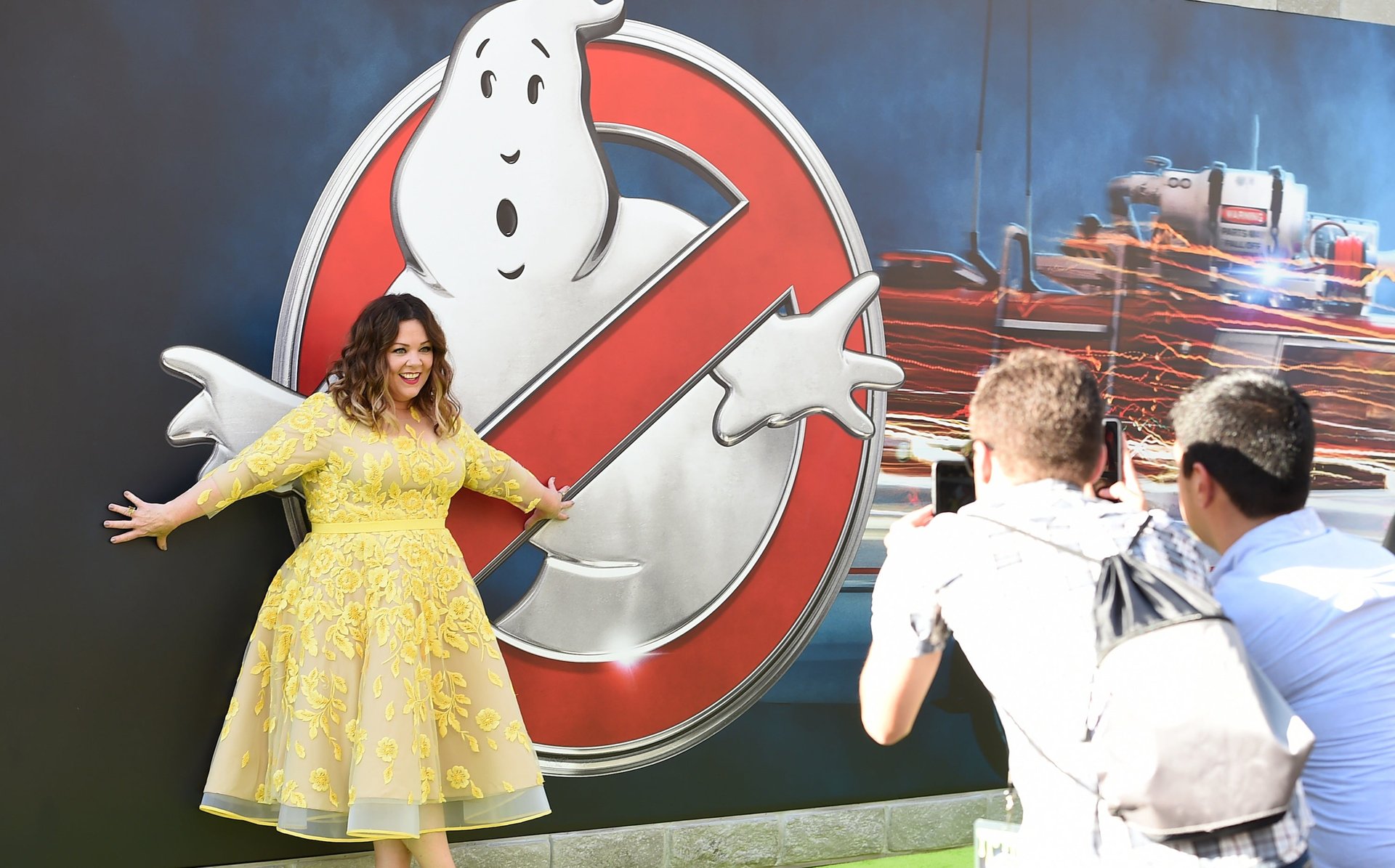Sorry, Ghostbusters purists, but the original spirit exterminator was a woman who lived 100 years ago
Given the controversy over Paul Feig’s decision to remake Ghostbusters with an all-woman cast, one might be fooled into thinking that female ghostbusters are a shocking, newfangled phenomenon. Au contraire. The original lady ghostbuster made her debut in the early 20th century, snuffing out ghosts and goblins in partnership with most famous magician of all time.


Given the controversy over Paul Feig’s decision to remake Ghostbusters with an all-woman cast, one might be fooled into thinking that female ghostbusters are a shocking, newfangled phenomenon. Au contraire. The original lady ghostbuster made her debut in the early 20th century, snuffing out ghosts and goblins in partnership with most famous magician of all time.
It might surprise you to learn that Harry Houdini was a staunch opponent of the spiritualist movements that soared in popularity after World War I. Although Houdini himself was a performer of marvelous, seemingly inexplicable tricks, he refused to indulge any fantasies about his skills. He wanted the world to know his escape acts and stunts were simply sleight of hand; there was nothing otherworldly about them. And he loathed the so-called “ghost racket”–con artists posing as mediums and psychics who took advantage of people’s grief and curiosity and used it for personal gain.
Enter Rose Mackenberg. Though the exact date of their introduction is unclear, it’s believed that Mackenberg began working for Houdini as early as 1910. She was already enjoying a successful career as a private detective in New York City, and supposedly first consulted with Houdini while investigating the case of a fake medium. Houdini invited her to join a group of investigators in his employ that sought to debunk supernatural frauds nationwide.
Members of the squad traveled ahead of Houdini’s touring company throughout the 1920s, infiltrating local spiritualist operations and gathering facts on the various local tricks of the trade. The “spirit trumpets” that supposedly magnified the whispers of of the dead actually relied on ventriloquism. “Table tipping,” in which a piece of furniture seemed to move on its own accord, turned out to be controlled by participants’ unconscious movements. “Billet reading,” in which psychics seemed to know the contents of sealed envelopes, was achieved with the help of a plant. The investigators filed their reports with Houdini, who would then expose the fraudulent psychics during his shows.
Mackenberg quickly became Houdini’s most prolific ghostbuster, often posing as a bereaved wife or mother. Her immensely detailed, mercilessly pragmatic reports earned her a number of enemies in the charlatan-spiritualist and ghost-racketeer community—forcing her to become a master of disguise. She might age herself with makeup or don a fake hearing aid to give the impression of impairment.
When Mackenberg died in 1968, she left behind a powerful legacy. She’d become a nationally consulted expert on psychical fraud and even testified in front of the 69th US Congress on an anti-fortune-telling bill. She published numerous articles on the ghost racket in various national publications, including a famous series co-written with a Chicago Tribune reporter on the fake mediums getting rich off city residents who’d lost relatives during World War II. She even wrote a manuscript, entitled So You Want to Attend A Séance?
The still-unpublished book was sold at auction for $25,000 in 2011. Here’s hoping the new owner eventually shares her tales of smart exposes with the public. Perhaps one day Mackenberg will even get a movie tribute of her own.